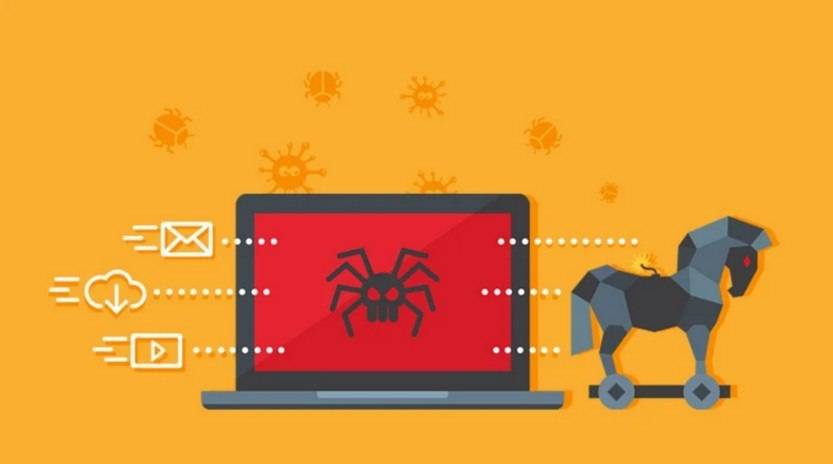Scams have become increasingly prevalent in the digital age, targeting unsuspecting individuals and organizations worldwide. One such scam that has gained significant attention is the New Zealand Inland Revenue Tax Refund Phishing Scam. This article aims to provide a comprehensive overview of this scam, including what it is, how it works, what to do if you have fallen victim, technical details, and relevant statistics.

What is the New Zealand Inland Revenue Tax Refund Phishing Scam?
The New Zealand Inland Revenue Tax Refund Phishing Scam is a fraudulent scheme that targets individuals by impersonating the New Zealand Inland Revenue Department (IRD). The scam aims to trick victims into providing their personal and financial information, with the promise of a tax refund.
Phishing scams like this one typically involve sending emails or text messages that appear to be from a legitimate organization, such as the IRD. These messages often contain official logos, branding, and convincing language to deceive recipients into believing they are genuine.
How Does the Scam Work?
The New Zealand Inland Revenue Tax Refund Phishing Scam operates by exploiting the trust individuals have in government institutions and their desire to receive a tax refund. The scam follows a series of steps:
- The scammer sends an email or text message to potential victims, claiming to be from the IRD.
- The message informs the recipient that they are eligible for a tax refund and provides a link to claim it.
- When the victim clicks on the link, they are directed to a fake website that closely resembles the official IRD website.
- The fake website prompts the victim to enter their personal and financial information, such as their full name, address, social security number, and bank account details.
- Once the victim submits their information, the scammer gains access to their sensitive data, which can be used for identity theft, financial fraud, or other malicious activities.
It is important to note that the IRD will never request personal or financial information via email or text message. Therefore, any communication claiming to be from the IRD and asking for such information should be treated with suspicion.
What to Do If You Have Fallen Victim?
If you have fallen victim to the New Zealand Inland Revenue Tax Refund Phishing Scam or any other phishing scam, it is crucial to take immediate action to minimize the potential damage:
- Disconnect from the internet: If you suspect that your personal information has been compromised, disconnect from the internet to prevent further unauthorized access.
- Scan your device for malware: Use reputable antivirus software, such as Malwarebytes Free, to scan your device for any malware or malicious software that may have been installed.
- Change your passwords: Change the passwords for all your online accounts, including banking, email, and social media, to prevent unauthorized access.
- Monitor your accounts: Regularly monitor your bank statements, credit reports, and other financial accounts for any suspicious activity.
- Report the scam: Report the scam to the New Zealand Inland Revenue Department and your local authorities. This can help prevent others from falling victim to the same scam.
Technical Details of the Scam
The New Zealand Inland Revenue Tax Refund Phishing Scam utilizes various techniques to deceive victims and appear legitimate:
- Email spoofing: Scammers often use email spoofing to make their messages appear as if they are coming from a trusted source, such as the IRD. They manipulate the email headers to display a fake sender address.
- Domain spoofing: The scammer creates a fake website that closely resembles the official IRD website. They may use a similar domain name or subdomain to trick victims into believing they are on a legitimate site.
- Social engineering: The scam relies on social engineering tactics to manipulate victims into providing their personal and financial information willingly. The promise of a tax refund creates a sense of urgency and excitement, making individuals more susceptible to falling for the scam.
Statistics on Phishing Scams
Phishing scams, including the New Zealand Inland Revenue Tax Refund Phishing Scam, continue to pose a significant threat to individuals and organizations worldwide. Here are some statistics highlighting the prevalence and impact of phishing scams:
- In 2020, the Anti-Phishing Working Group (APWG) reported a total of 241,324 unique phishing attacks worldwide.
- According to the FBI’s Internet Crime Complaint Center (IC3), phishing scams resulted in financial losses of over $54 million in 2020.
- A study conducted by Verizon found that 22% of data breaches in 2020 involved phishing attacks.
- Phishing attacks targeting individuals increased by 220% in 2020, according to the 2021 Phishing Activity Trends Report by the Anti-Phishing Working Group (APWG).
Summary
The New Zealand Inland Revenue Tax Refund Phishing Scam is a deceptive scheme that preys on individuals’ desire to receive a tax refund. By impersonating the IRD, scammers trick victims into providing their personal and financial information, which can lead to identity theft and financial fraud. To protect yourself, it is crucial to remain vigilant, never share sensitive information online, and report any suspicious activity to the appropriate authorities. Remember to use reputable antivirus software, such as Malwarebytes Free, to scan your devices regularly and stay protected against phishing scams and other cyber threats.










